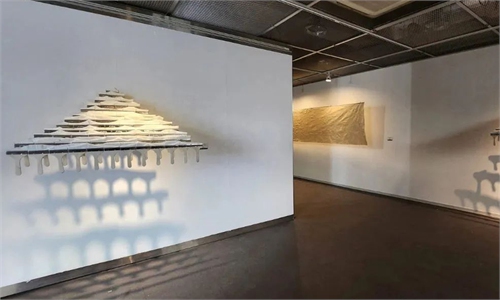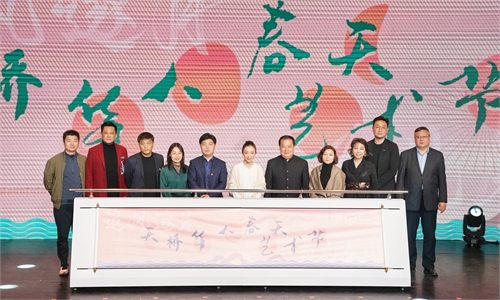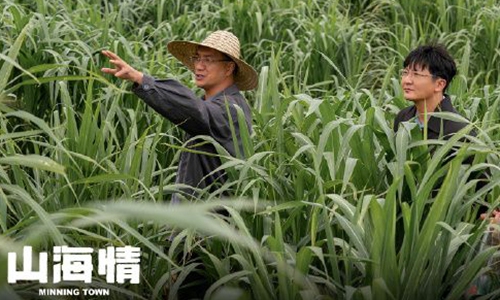ARTS / CULTURE & LEISURE
Artist Liu Ruowang mesmerizes Europe with sculptures, experiments in art-centered rural revitalization
Standing the test of time
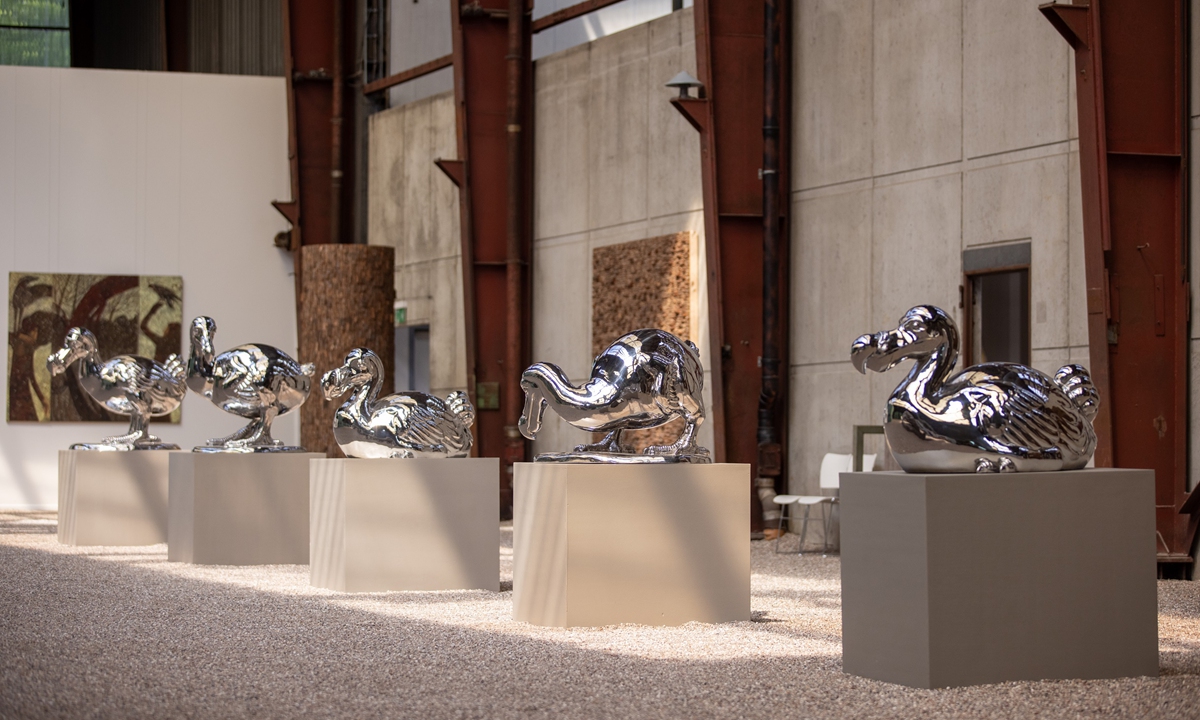
The Dodo by Liu Ruowang Photo: Courtesy of Dodo Art Museum
Later this week, when Chinese painter-sculptor Liu Ruowang accepts the NordArt Prize in Büdelsdorf, Germany, the artist's sculpture Mr. Pinocchio will again become a focus of this annual international art exhibition.This year's NordArt Prize, the centerpiece award from the exhibition, is set be presented to him in early June.
Liu, born in 1977, is no stranger to this renowned art event. It was through this exhibition that the artist, who grew up in Northwest China's Shaanxi Province and later came to fame in Beijing in the past two decades, established a name for himself in the European art scene.
He won the Artist in Focus at the NordArt 2016 as well as the popular Public Choice Award. Since then, many of his major works have found a home at NordArt, and from there, toured around Europe.
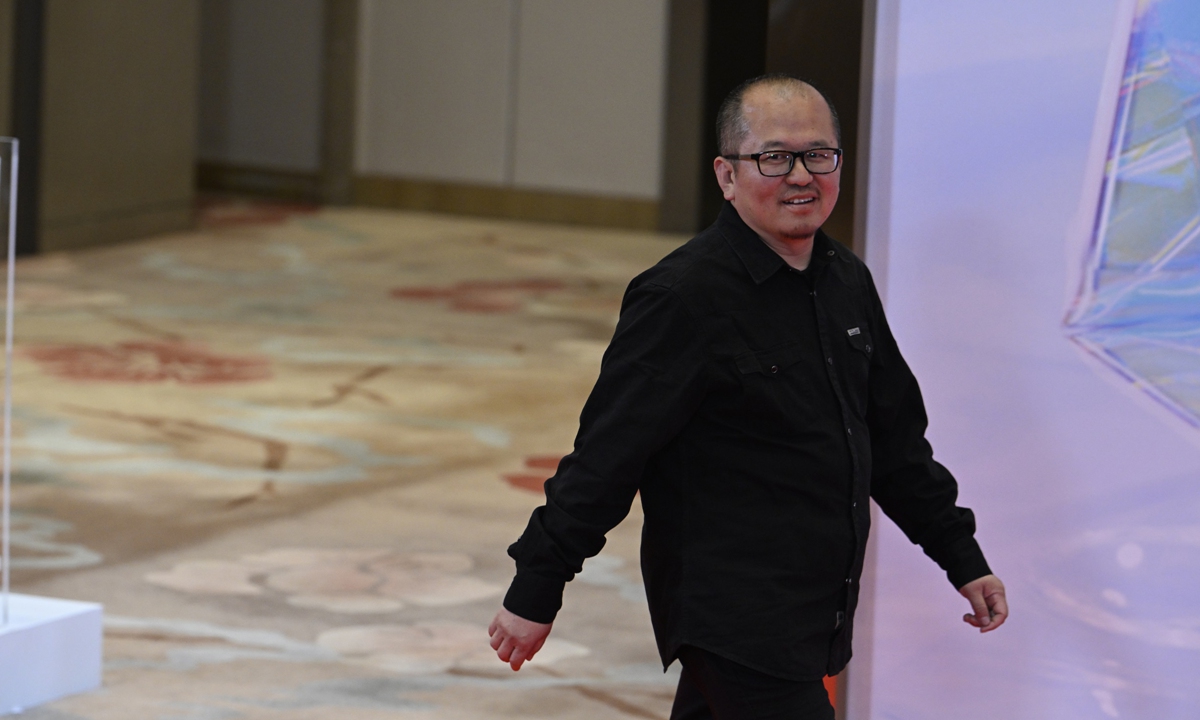
Chinese artist Liu Ruowang Photo: VCG
Seeing own reflectionDuring a mid-May weekend, just off Beijing's expressway connecting the urban areas and the Capital International Airport, rows of black-metal giant apes numbering in the hundreds stood on the lawn in front of the Dodo Art Museum, Liu's gallery for exhibiting and storing his sculptures and paintings. Kittens jumped around on the lush green grass of early summer at the foot of the apes, who stood in Terracotta Warrior-like formations.
Not far down a slope, dozens of rusted wolf sculptures, each much larger than life sized, surrounded a sword-waving warrior. The set of sculptures, named Wolves Coming, is one of the most well-known works by Liu. The artwork has also been displayed in public squares in Europe and art and commercial districts in Beijing.
Liu used to study garment design at a college in Xi'an, Shaanxi Province during the 1990s, but despite opposition from family and people in the village, he decided to quit and move to Beijing to train as an artist at the Central Academy of Fine Arts (CAFA).
After years of hardship of learning and living on meager income, Liu started gaining some fame for himself in the capital's art circles with his work East is Red, which won the CAFA award.
East is Red depicts a set of Chinese farmers in the northern winter clothing and head towels that are typical in Liu's hometown. The statues are made from terracotta painted with a lacquerware glaze.
Liu said this work stands out because it seeks to explore the relationship between man, Heaven and Earth, a hot subject both in China and abroad.
This subject is frequently seen in Liu's works. The Dodo brings the chubby and lovely bird back and places it in front of viewers. The bird was doomed when Western colonizers arrived on the island of Mauritius in the Indian Ocean during the 16th century. The species went extinct in less than 100 years.
The choice of stainless steel as the material to create The Dodo was a special one.
"The birds are beautiful and cuddly, but the glossy metal surface makes them look cold and lifeless, and viewers can see their own reflection in the sculptures - this is a reminder to the viewers about their attitude toward the ecosystem. It is a real challenge given to human beings," he told the Global Times.
After Liu chose the location for his gallery, he decided to name it after this artwork.
Solitude is another major subject frequently seen in Liu's sculptures over the past two decades.
A more recent work, Original Sin, is based on Liu's feeling watching meerkats standing in a straight line, like guards staring off into the distance. Liu said this scene led him to create his ape sculptures. Liu's apes look up at the sky as if they are asking existential questions about man and nature, which represents the artistic mission of Liu and his Dodo Art Museum.
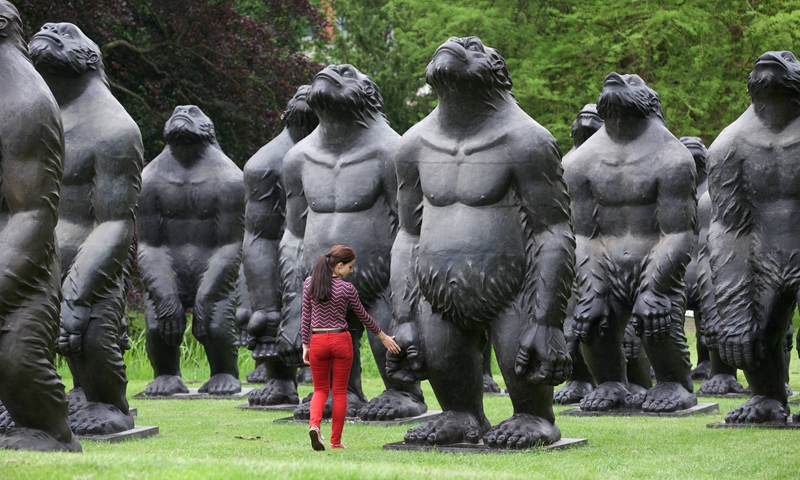
Original Sin by Liu Ruowang Photo: Courtesy of Dodo Art Museum
Igniting possibilitiesBesides attending overseas art exhibits, a major undertaking of Liu in recent years has been bringing his art back to his hometown and promoting rural revitalization through art exhibitions and education.
In 2019, he established the Yulin Dodo Art Museum in the city center of Yulin in cooperation with the local government in Shaanxi Province, and even brought art deeper into the Loess Plateau. He renovated an abandoned paper-making plant deep in the mountains, turning it into an art gallery and putting the remote Yukou township on the map of art.
Today, the 43 loess caves at the plant just hundreds of meters from the Yellow River have been turned into art exhibition spaces, while the surroundings been renovated and decorated with Liu's sculptures, including more than 300 of the giant apes standing on the banks of the river.
Besides providing employment to local farmers, who help make the sculptures and maintain the gallery, the galleries have also become popular art education bases for local residents, especially children.
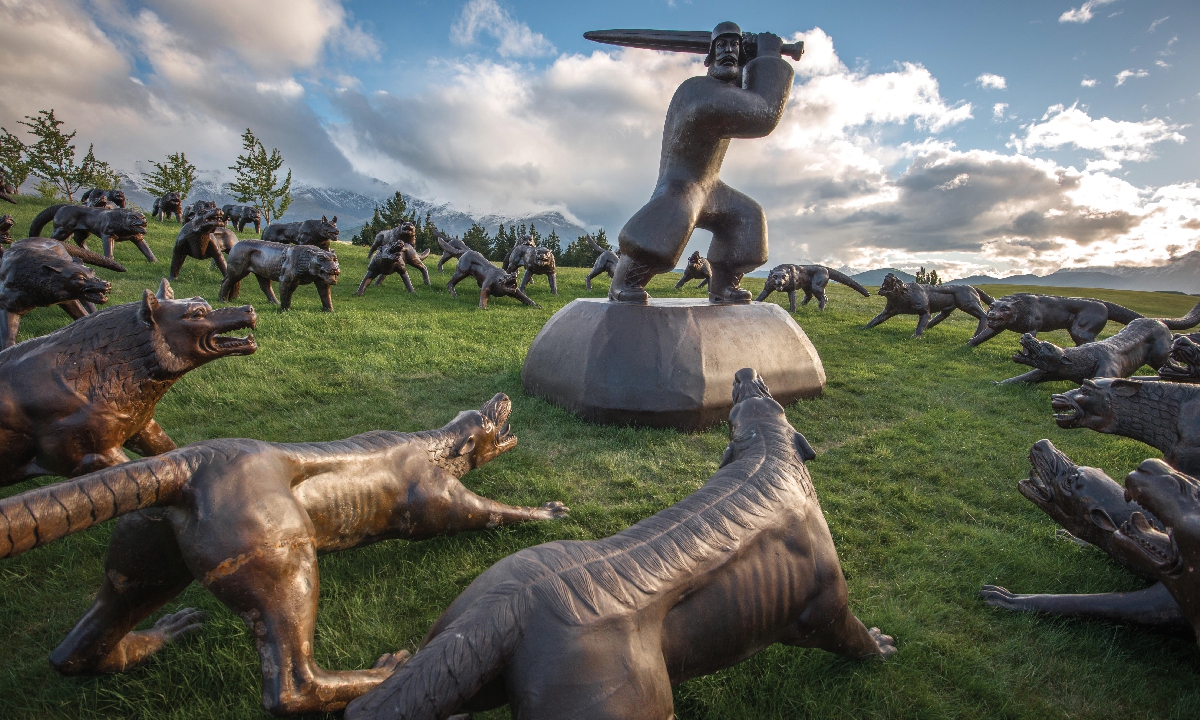
Wolves Coming by Liu Ruowang Photo: Courtesy of Dodo Art Museum
From time to time, artists from both China and overseas arrive in Yukou and live there, connecting local people with the world beyond the mountains."I believe that one glimpse of the outside world could ignite children's imagination about the possibilities of life," he said.
Liu has further ambitions.
"I want to create the best of public art. When the wolves were on display at Naples square or Queenstown in New Zealand, people could climb on them and interact with them," he told the Global Times.
One of his regrets in his early works is that some, like Wolves Coming, should have been made with more durable materials as the proper materials could allow his sculptures stand at least 300 or 500 years, he said.
